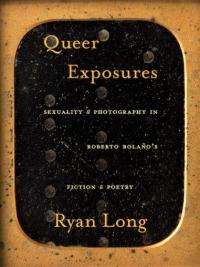Ulysses, Europe, Orpheus, and Eurydice are among the mythical characters whose adventures have been illustrated since antiquity in the arts, and for over a century now, in cinema. French filmmakers Agnès Varda, Alain Resnais, Christophe Honoré, and Jean-Jacques Annaud participated in the transmission and rewriting of these Greek myths, each in their own way. In "Ulysses" (1982), Varda combined an autobiographical commentary on a photograph taken in 1954 with a feminist and political perspective on its context, echoing the works of Roland Barthes and Jacques Rancière on photography. Resnais, in "You Ain't Seen Nothin' Yet" (2012), returned to his passion for theater by revisiting two of Jean Anouilh's plays in light of Jean-Luc Nancy and Mathilde Girard's dialogue on myth and performance. "Métamorphoses" by Honoré (2014) offers a transgender reading of mythological stories, in every sense of the word, under the aegis of Jupiter, Bacchus, and Orpheus in order to articulate a liberated but informed vision of the future for younger generations living in a Mediterranean environment. In "His Majesty Minor" (2007), Annaud presents a parody of "The Odyssey" through a critical reading of Greek mythology by the humanities and social sciences


